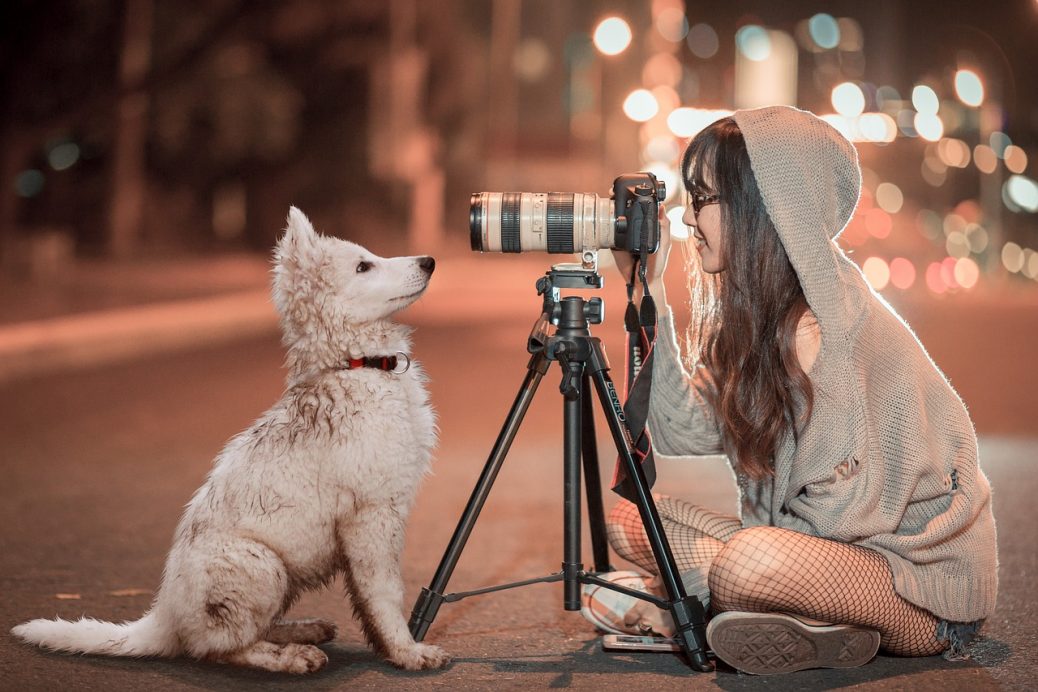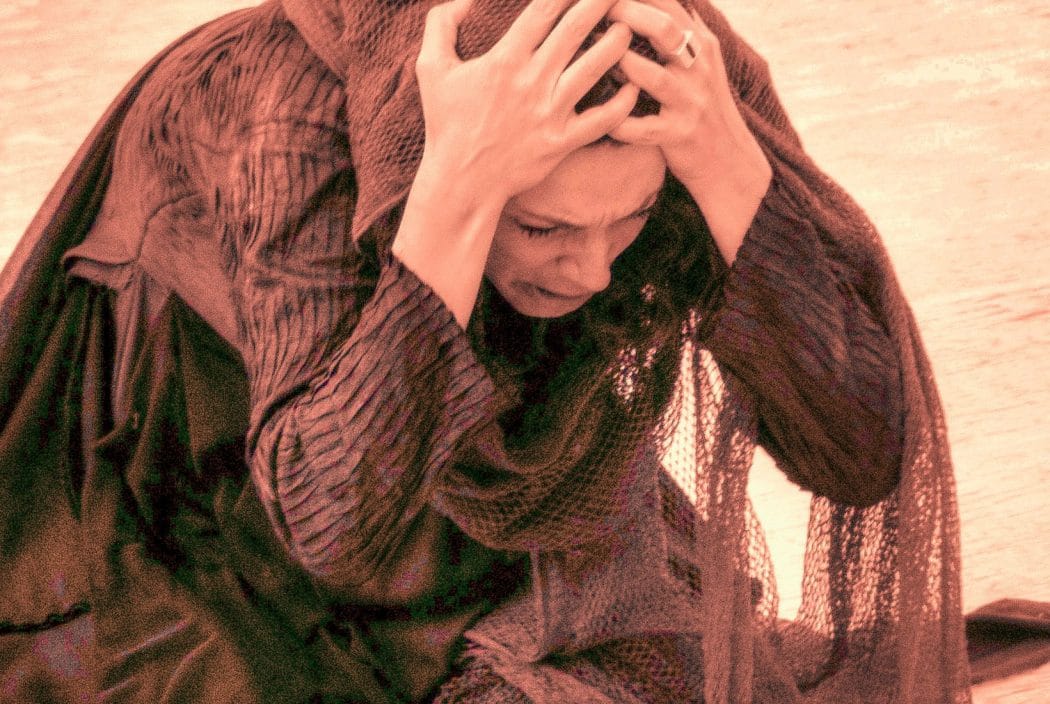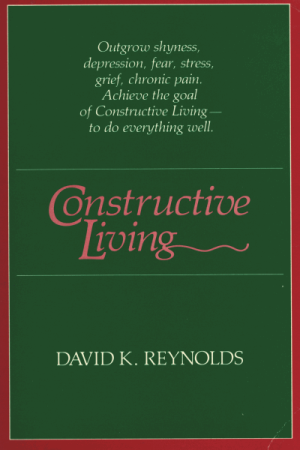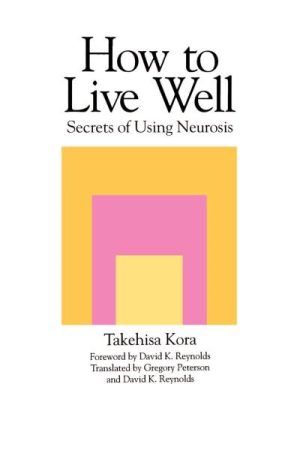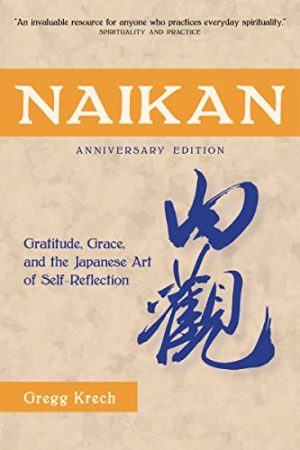By Mary Michelfelder
Pay attention! These words echo through homes and classrooms across the country. Adults are constantly reminding children to pay attention. But what does it really mean to pay attention? Gregg Krech, of the ToDo Institute, teaches that attention is a skill. For me, as a professional school counselor, I’ve found this concept of attention as a skill to be very helpful in working with children in a public school setting. Over the last two years, I have taught over 200 children, ages 4-11, about how to pay attention and, specifically, about the different kinds of attention that can be used in different situations.
To teach these ideas, I purchased a standard flashlight, a lantern type flashlight, and a laser pointer. I use these as props to explain to children the three basic attention skills they need to be successful in school: floodlight attention, flashlight attention, and laser light attention. I start my lessons by asking the children what they think it means to pay attention. Then I explain to them that attention is really a skill�one that they can learn, practice, and master. Once we’ve discussed some of the advantages of being skilled at paying attention, I bring out the props, starting with the flashlight. Darkening the room helps make the ideas presented more obvious.
Teaching the Idea of Flashlight Attention
I use the flashlight to demonstrate putting one’s attention (the beam of light) on a specific task such as a math paper or a worksheet. I explain that flashlight attention is the kind of attention students need for seat work, class work, and listening to the teacher. To use good flashlight attention, children need to sit squarely, facing the task at hand. They are to stay focused on the task and not let their attention drift elsewhere. This means visually and mentally focusing on the task or the teacher. Flashlight attention requires effort and sustained concentration. It is an extremely important skill for success in school. The flashlight beam demonstrates staying focused on the task at hand for a period of time. We may occasionally lift the light and shine it somewhere other than the task at hand. Then I explain that as soon as we realize that our attention has wandered we can bring it back to the task at hand.
Teaching the Idea of Floodlight Attention
Next, I use the lantern to illustrate the idea of floodlight attention. Floodlight attention is just the opposite of flashlight attention. Floodlight attention is a wide, scanning type of attention. It involves awareness of others and the environment. I use the floodlight to demonstrate paying attention to the periphery, as well as ahead, by making the beam of light scan the room like a searchlight. Floodlight attention is useful in the cafeteria or on the playground. It works best in situations where one needs to be aware of his/her surroundings. It is not particularly helpful in the classroom because it means that students are distracted by what goes on around them rather than paying attention to the task at hand. It is, however, very useful in physical education class, sports, or when walking in the halls.
Teaching the Idea of Laser Light Attention
Laser light attention is usually the last attention skill I present. I use the laser pointer to demonstrate focused attention to detail. Laser light attention includes things like attention to directions, noticing operation signs for math problems, checking for capitalization and punctuation, proofreading, etc. It also means becoming skilled at noticing body language and social nuances. Many students have trouble with details. Learning that some situations require attention to detail is important for academic success.
Once I’ve introduced the ideas of floodlight, flashlight, and laser light attention, we discuss how each of these skills is important; certain types of attention work better in certain situations. For example, floodlight attention is probably the best skill to use when riding a bicycle, where as flashlight attention is best if you are working on a math handout. Laser light attention is good for proofreading.
To make sure the students understand floodlight, flashlight, and laser light attention, I play a game with them. We called it What Kind Of Attention Would You Use? I start the game by asking questions such as, “What kind of attention would you use if you were doing silent reading in your classroom?”(Answer: Flashlight) Or “What kind of attention do you need to use when you are carrying your tray through the cafeteria?” (Answer: Floodlight). After four or five questions, I turn the tables and have them ask the question “What kind of attention would you use _______?” They come up with some great scenarios! Usually that leads us to a short discussion of the fact that some situations require the use of more than one kind of attention. Students quickly develop skill at recognizing what type of attention—either floodlight, flashlight, or laser light attention—works best in a particular situation.
The ideas of floodlight, flashlight, and laser light attention have given our students and staff a vocabulary. We can use these words to help students redirect their attention. For example, if a student is looking around the room rather than focusing on the task at hand, saying “flashlight attention” would cue the student to focus on the assignment. Knowing the difference between these three types of attention helps students begin to think about what particular attention skill is best suited to the situation they’re facing at any given moment.
Mary Michelfelder is an elementary school counselor in Lake Placid, NY. She has completed the ToDo Institute’s Certification program in Japanese Psychology .

